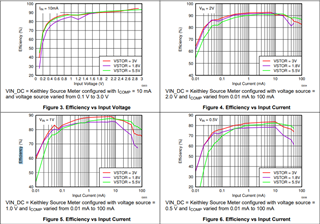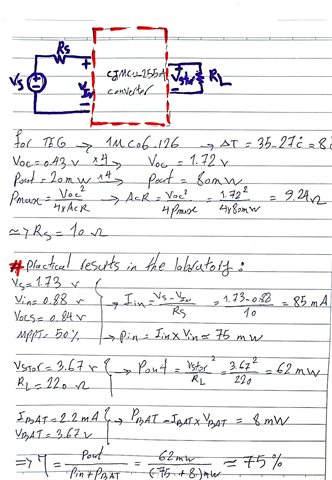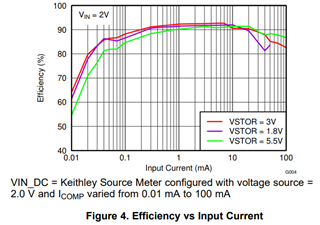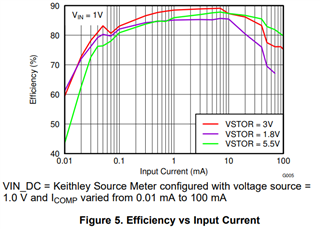Other Parts Discussed in Thread: LM66200
Hi Team,
This inquiry is a follow up to the other E2E post below.
I changed the value of the resistors of the module according to the datasheet for the battery voltage of 3.7V.
ROK1 3.3M
ROK2 6.2M
ROK3 560k
ROV1 4.3M
ROV2 5.6M
RUV1 3.9M
RUV2 6.2M
And in this step, I used a 3.7 V 100 mAh lithium battery with a 330 Ohm load and an input voltage of 2.3 V. But my circuit does not MPPT properly. I didn't change the MPPT resistors, but I don't know which pin I should put the jumpers on to make it MPPT. The voltage VOC-SAMP is very small (55 mV).
How should I use these 3 jumpers?
In the figure, the yellow graph is the VSTOR and the blue graph is the VBAT in the 330 Ohm load.
Is my circuit working properly?
And can Texas company suggest a thermoelectric generator (TEG) module that fits the input of the BQ25504 IC, while the dimensions of the TEG are very small?
Regards,
Danilo









